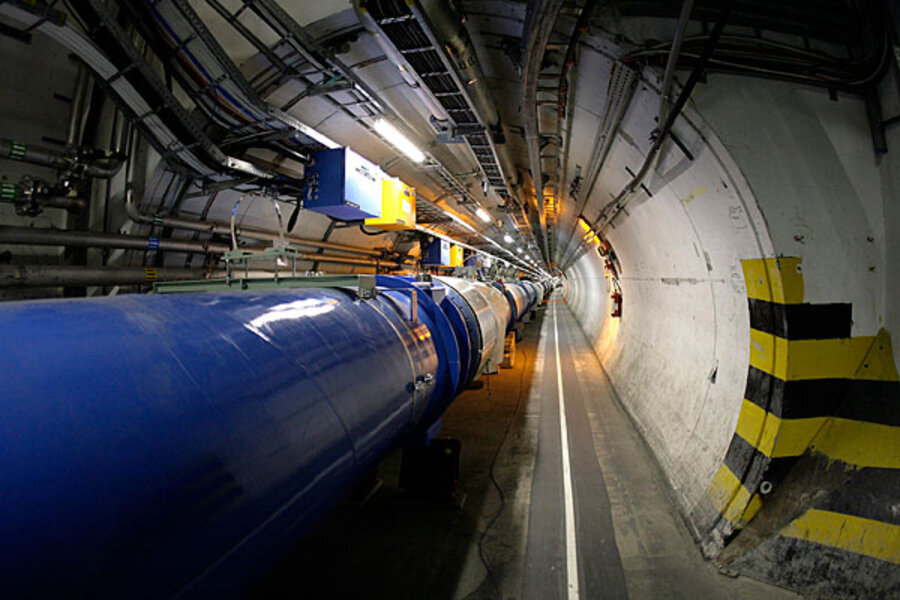CERN researchers find flaw in faster-than-light measurement
Loading...
| Geneva
Researchers have found a flaw in the technical setup of an experiment that startled the science world last year by appearing to show particles traveling faster than light.
The problem may have affected measurements that clocked subatomic neutrino particles breaking what Nobel Prize-winning physicist Albert Einstein considered the ultimate speed barrier.
Two separate issues were identified with the GPS system that was used to time the arrival of neutrinos at an underground lab in Italy, James Gillies, spokesman for the European Organization for Nuclear Research, or CERN, said Wednesday.
One could have caused the speed to be overestimated, the other could have caused it to be underestimated, he said.
"The bottom line is that we will not know until more measurements are done later this year," Gillies told The Associated Press.
The results of the experiment were received with great skepticism by scientists when they were published last September because they seemed to contradict Einstein's theory that nothing can travel faster than the speed of light. That rule is fundamental to modern physics, and breaking it is seen as a step into the realms of science fiction where time travel and warp speed engines exist.
Even researchers involved in the experiment cautioned at the time that the measurements would need to be independently verified by other scientists before a genuine finding could be declared.
The experiment involved neutrinos being fired from CERN's site on the Swiss-French border to a vast underground laboratory 454 miles (730 kilometers) away at Gran Sasso in Italy.
Researchers found that the neutrinos appeared to arrive 60 nanoseconds sooner than if they had been traveling at light's speed of 186,282 miles per second (299,792 kilometers per second).
The experiment's margin of error allowed for just 10 nanoseconds. A nanosecond is one-billionth of a second.





